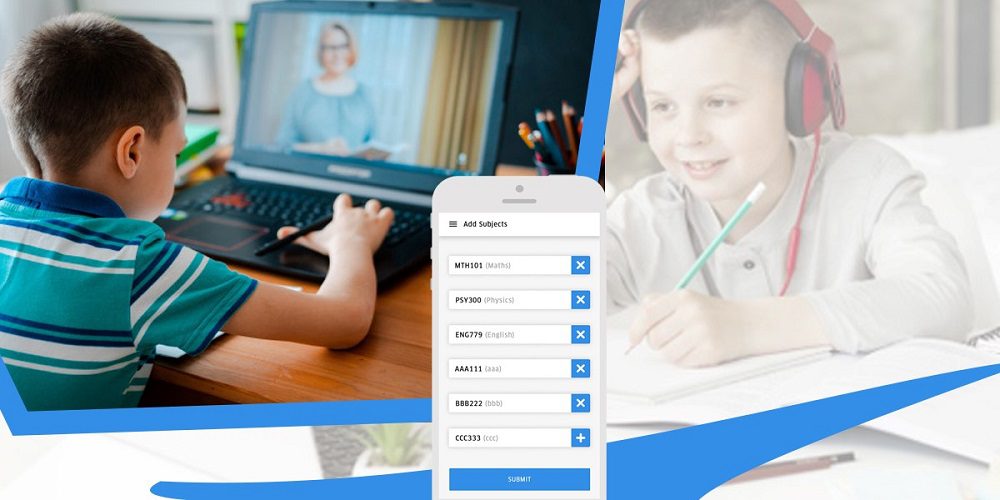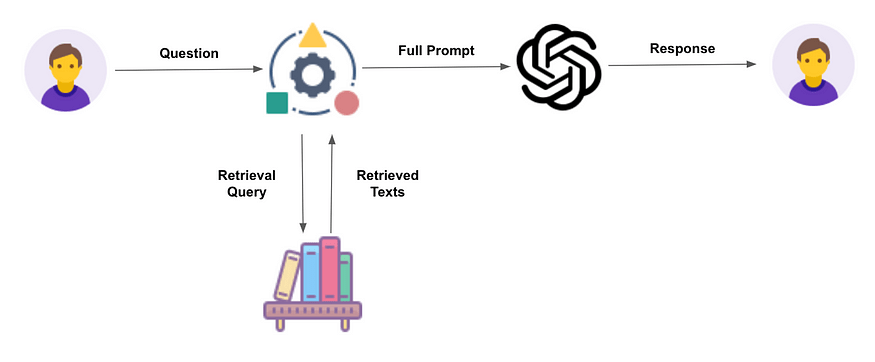Educational sectors have been witnessing major changes amid the COVID-19. As a result, educational institutions are using the digital approach to reach out to the students. They are putting their best efforts to reciprocate the classroom atmosphere through the online tutoring app. The online market for educational platforms is expected to reach $350 billion by 2025.
Here are some trends that point to the fact COVID-19 has aided to increase in the number of students using elearning apps.
- According to a report published by Forbes, the global e-learning platform will reach $235 billion by 2025.
- Globally 1.2 billion students in 182 countries are facing hindrance in learning due to the Coronavirus crisis, according to UNESCO.
- Digital technology has enabled many students to access e-learning platforms as and when they need it.
- The online learning apps have cut-across barriers of location, language, and financial resources.
Seamless learning process contributed by Online learning platforms
Uber for tutors apps is offering a safe medium for students to learn amid the COVID-19 as there is zero contact ensured through these online platforms.
Synchronous E-learning platforms
The interactive style learning process takes place with either one-on-one learning sessions or group learning sessions, resembling a virtual classroom environment. Students can post their doubts and get it clarified by the tutors immediately. These classes take place through live learning sessions where students and teachers can communicate seamlessly without any interruptions.
These are the major features that are part of these synchronous learning apps:
Leaderboard: This is a healthy way of inculcating the learning spirit among students. Based on the learning progress, test scores, and other parameters, students are placed in the leaderboard. The leaderboard will be updated daily.
Interactive learning methods: Tutor apps can promote active learning through these interactive learning activities, enabled through advanced technologies such as Artificial Intelligence and Machine learning. They can visualize the concepts better through this new-learning methodology.
Collaborate Whiteboard: Nothing reciprocates the classroom more than the whiteboards. Teachers can teach the concepts with the assistance of a virtual whiteboard. Students can also answer questions writing on the same board.
Auto-proctored tests: Webcam/mobile camera, proctor
tab switching, audio & video recording facilitate a perfect environment to conduct exams and tests. If learners indulge in malpractice, notifications are sent immediately to the concerned teachers.
Quick & mock tests: The tutoring app like Uber, has provisions for conducting MCQ tests and other tests.
Group studying tools: The students can schedule a group learning class and start learning.
Share notes: Teachers can share notes with students. They can access it from the app whenever they want.
Educational institutions prefer these modes as they can fully monitor the students through these learning platforms.
Asynchronous learning platforms
Students can learn through self-paced learning programs. They can enroll in the course of their choice and learn interruption-free through these programs. Certain courses offer certificates of higher value, providing more credibility to the students. These courses are proving them immense knowledge facilitating their growth in higher education and even during jobs.
Strong analytics: The students are analyzed based on their learning capabilities, and the scores are presented to them in various fields to facilitate further learning skills.
Learning aid: Depending on the course they have selected, books and other related learning materials can be part of the eLearning app. This can assist in the fabrication of a student?s learning processes.
Detailed layout: The entire layout is provided with a detailed description of the course outcome. So students can prepare themselves according to the course learning roadmap presented to them.
Infinite learning period: Once enrolled in the course, it offers an infinite learning period for the students to learn. They can pick up from where they left it whenever they want.

Technology stack required to build the E-learning app like Uber for tutor
Cloud storage: The storage forms an integral part of the online tutor app like Uber, as it aims at uninterrupted data for the users. Popular cloud service providers include AWS and Google cloud.
Frontend development: The development technology for the frontend varies according to platforms chosen.
For iOS app development: Shift, React Native
For Android app development: Android Studio, React Native.
UI/UX: The process like wireframing, prototype designing, the modeling comes under the UI/UX part of the app development process. The image and visualization presented to the end-users are also part of UI/UX. HTML & CSS for web page designing and Adobe photoshop and sketch are majorly used for mobile applications.
Video Streaming: The courses have to be streamed without any interruption in the tutor services app. Protocols like RMTP and WebRTC can be used for the same.
Analytics: It helps in analyzing the users? trends and demands. Further, courses are offered based on that. Google Analytics is a popular tool used for this purpose.
Payment Gateways: Be it synchronous or asynchronous elearning apps, both require a payment gateway so that users can seamlessly pay for services. Credit cards, debit cards, PayPal, and Stripe are some gateways worth considering.
Monetization strategies to consider for E-learning app like Uber for tutor
In-app advertisements: A widely acclaimed monetization strategy is advertisements. Only the relevant ads should be suggested to the learners so that they won?t face any obscurity while using the app. Like apps for courses to enroll, books to buy to facilitate learning can be part of the application.
Subscription model: For the learning platforms, there are two types of subscriptions model to consider. The first model involves a subscription-based model, where users have to pay according to the learning plan selected. Another model is where users can register for free and pay for the courses they wish to enroll or pay according to the sessions they attend.
Partnerships: The E-learnings platforms can partner with schools and other educational institutions that can facilitate the learning process. Depending on the partnership agreement parameters, the institution has to pay the agreed amount to the tutoring services app.
Summing up
Elearning apps have contributed majorly to the education sector amid COVID-19 times. Uber for tutor app development has undergone enhancements to contribute to the learning process. This is only the beginning of the unprecedented curve involved in using these tutor apps. The digital learning techniques are going to contribute a major chunk in the future.










